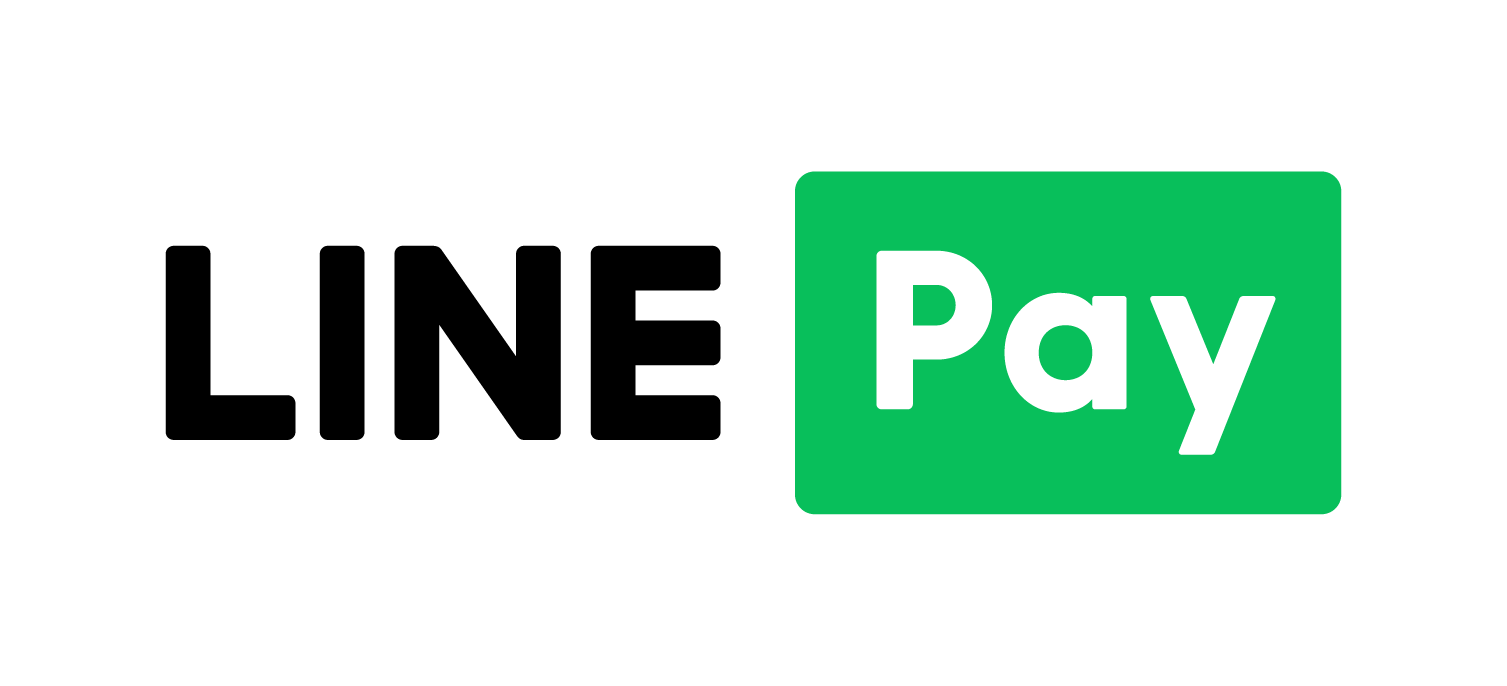詳細資訊
書名:A Short Course in Intermediate Microeconomics with Calculus 2/e 作者:Roberto Serrano 出版社:Cambridge 出版日期:2018/00/00 ISBN:9781108439190 內容簡介 This second edition retains the positive features of being clearly written, well organized, and incorporating calculus in the text, while adding expanded coverage on game theory, experimental economics, and behavioural economics. It remains more focused and manageable than similar textbooks, and provides a concise yet comprehensive treatment of the core topics of microeconomics, including theories of the consumer and of the firm, market structure, partial and general equilibrium, and market failures caused by public goods, externalities and asymmetric information. The book includes helpful solved problems in all the substantive chapters, as well as over seventy new mathematical exercises and enhanced versions of the ones in the first edition. The authors make use of the book's full color with sharp and helpful graphs and illustrations. This mathematically rigorous textbook is meant for students at the intermediate level who have already had an introductory course in microeconomics, and a calculus course. Integrates calculus in the main body of the text in a seamless and helpful way The book is written in a clear and engaging style to provide a comprehensive and authoritative presentation of the standard topics in microeconomics Graphs and illustrations are presented in this edition in full color 目錄 1. Introduction Part I. Theory of the Consumer: 2. Preferences and utility 3. The budget constraint and the consumer's optimal choice 4. Demand functions 5. Supply functions for labor and savings 6. Welfare economics 1: the one-person case 7. Welfare economics 2: the many-person case Part II. Theory of the Producer: 8. Theory of the firm 1: the single-input model 9. Theory of the firm 2: the long run, multiple-input model 10. Theory of the firm 3: the short run, multiple-input model Part III. Partial Equilibrium: Market Structure: 11. Perfectly competitive markets 12. Monopoly and monopolistic competition 13. Duopoly 14. Game theory Part IV. General Equilibrium: 15. An exchange economy 16. A production economy Part V. Market Failure: 17. Externalities 18. Public goods 19. Uncertainty and expected utility 20. Uncertainty and asymmetric information.

 華通書坊
華通書坊













